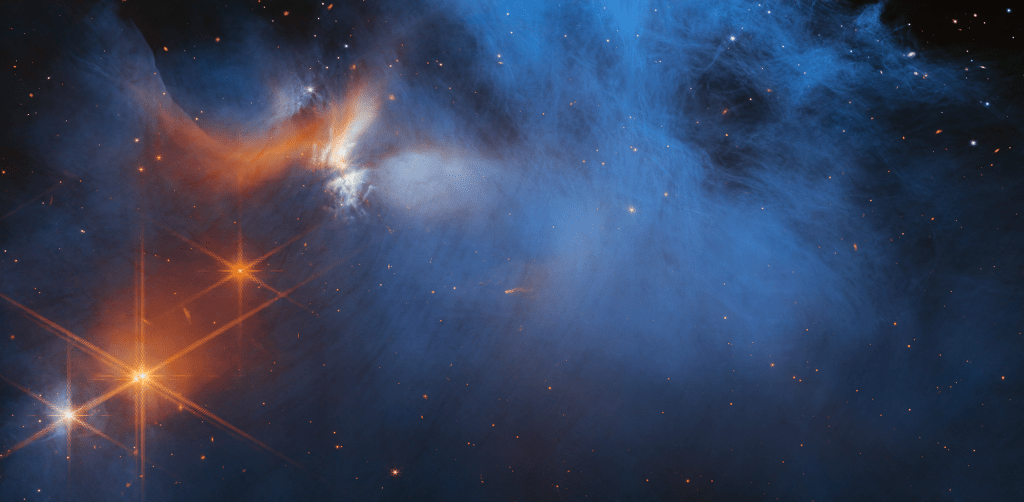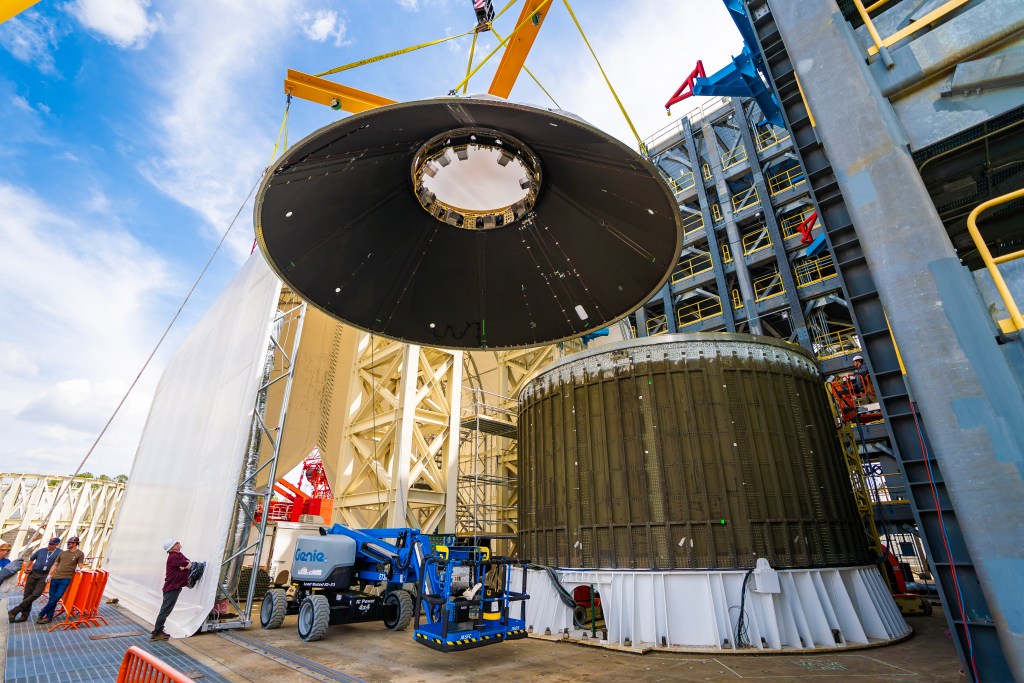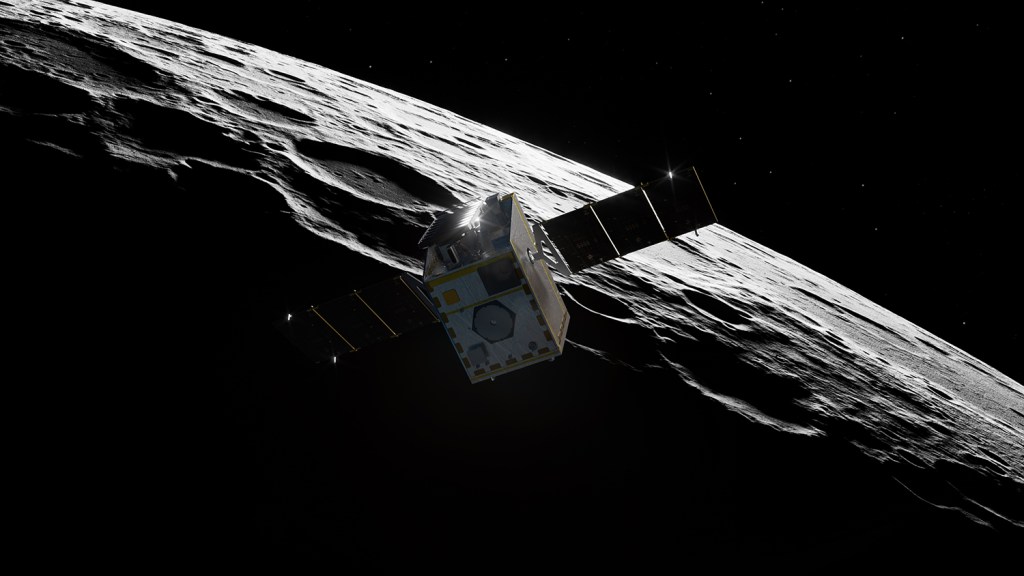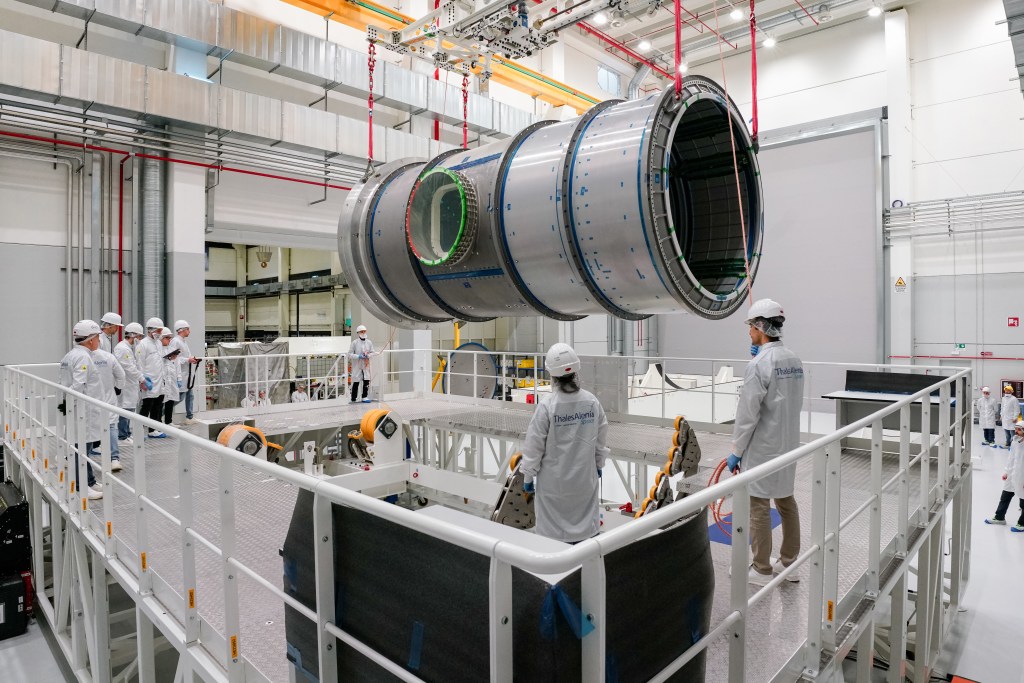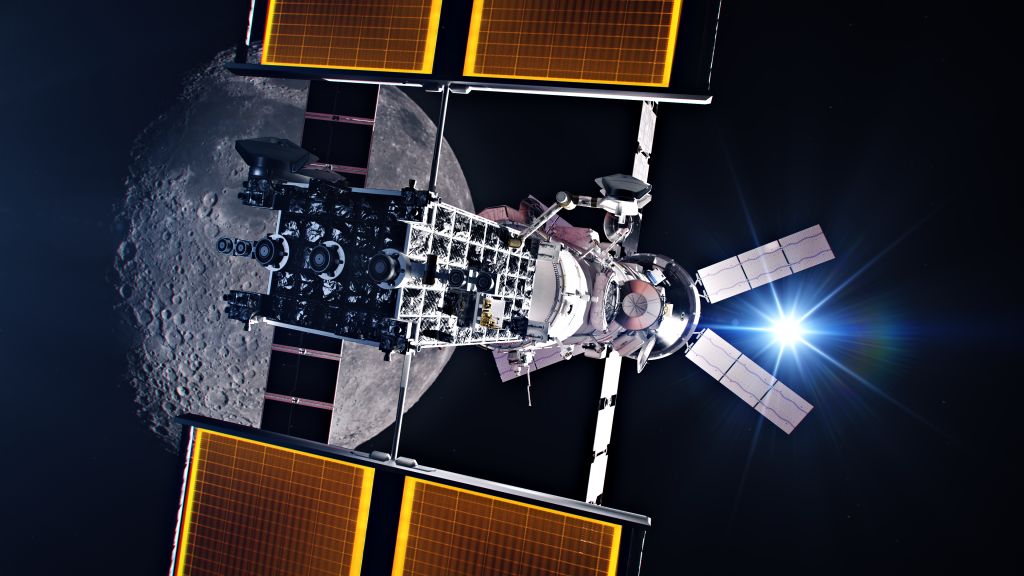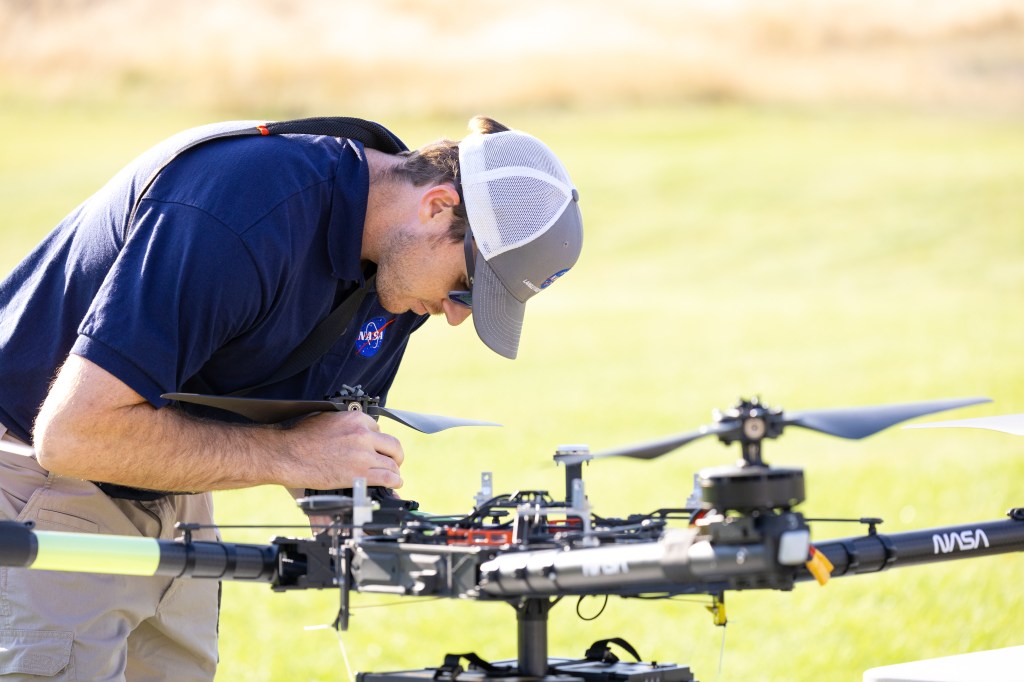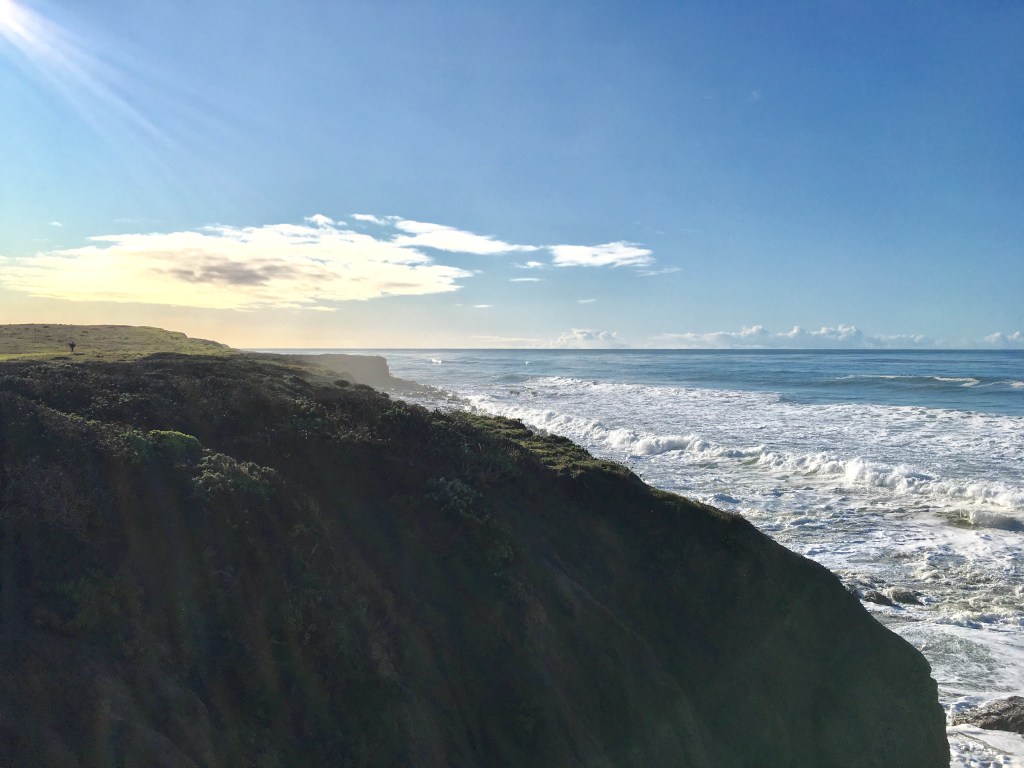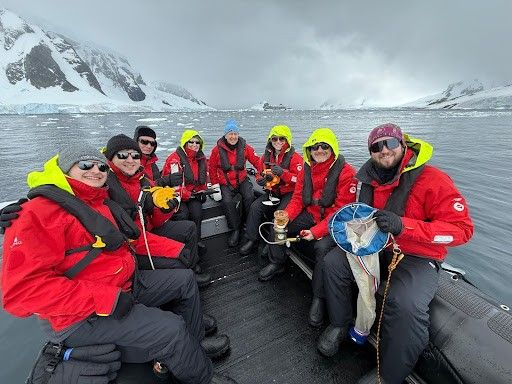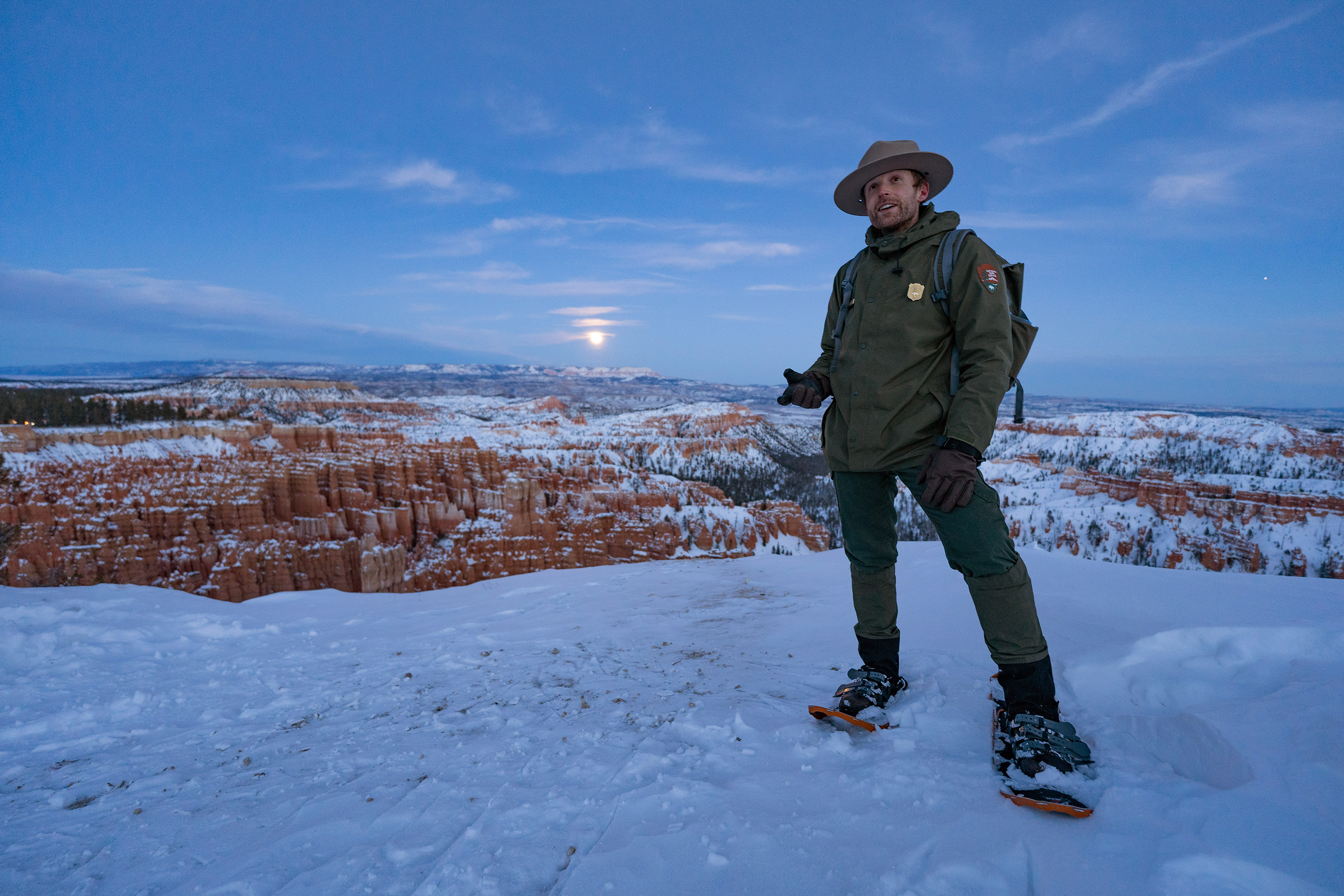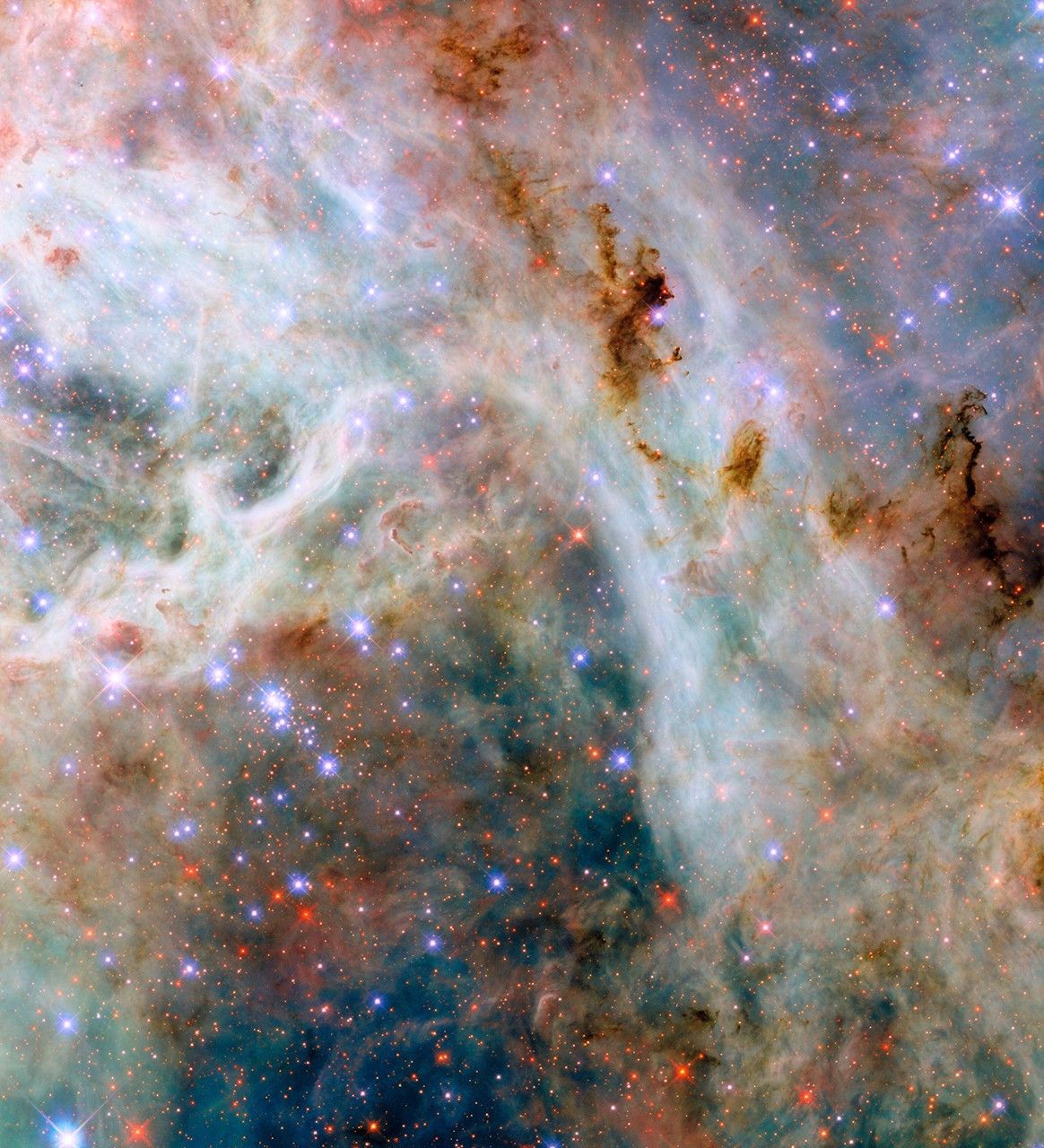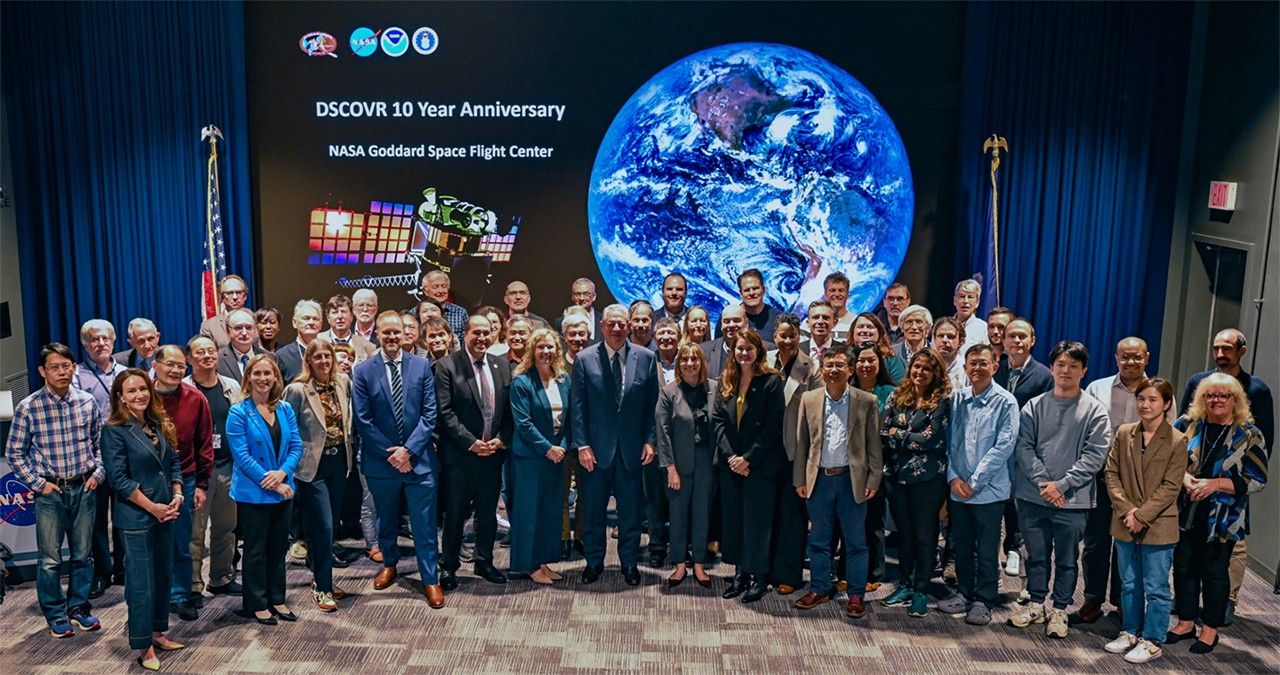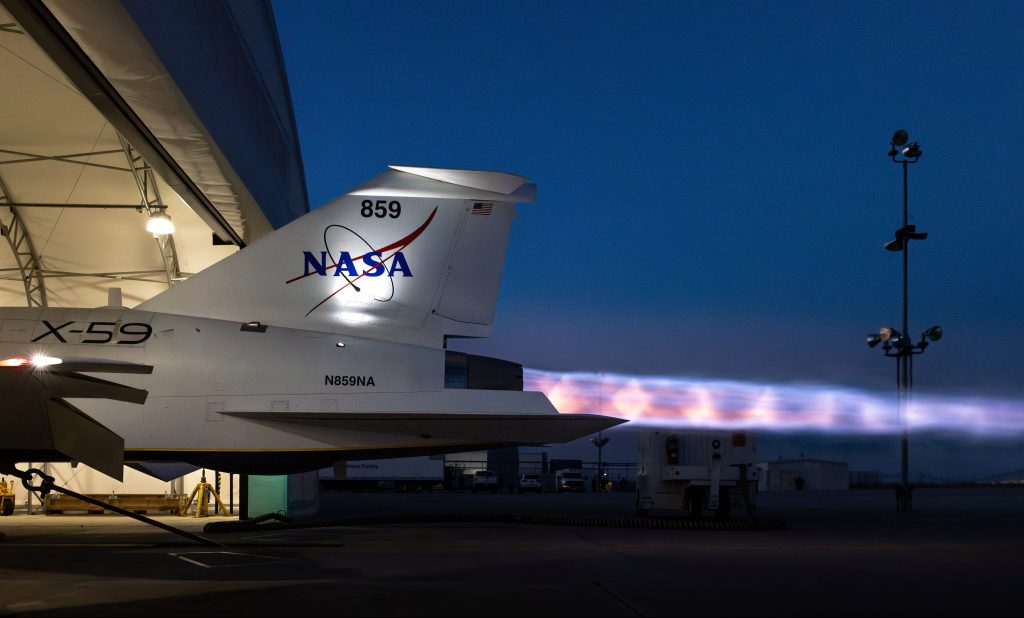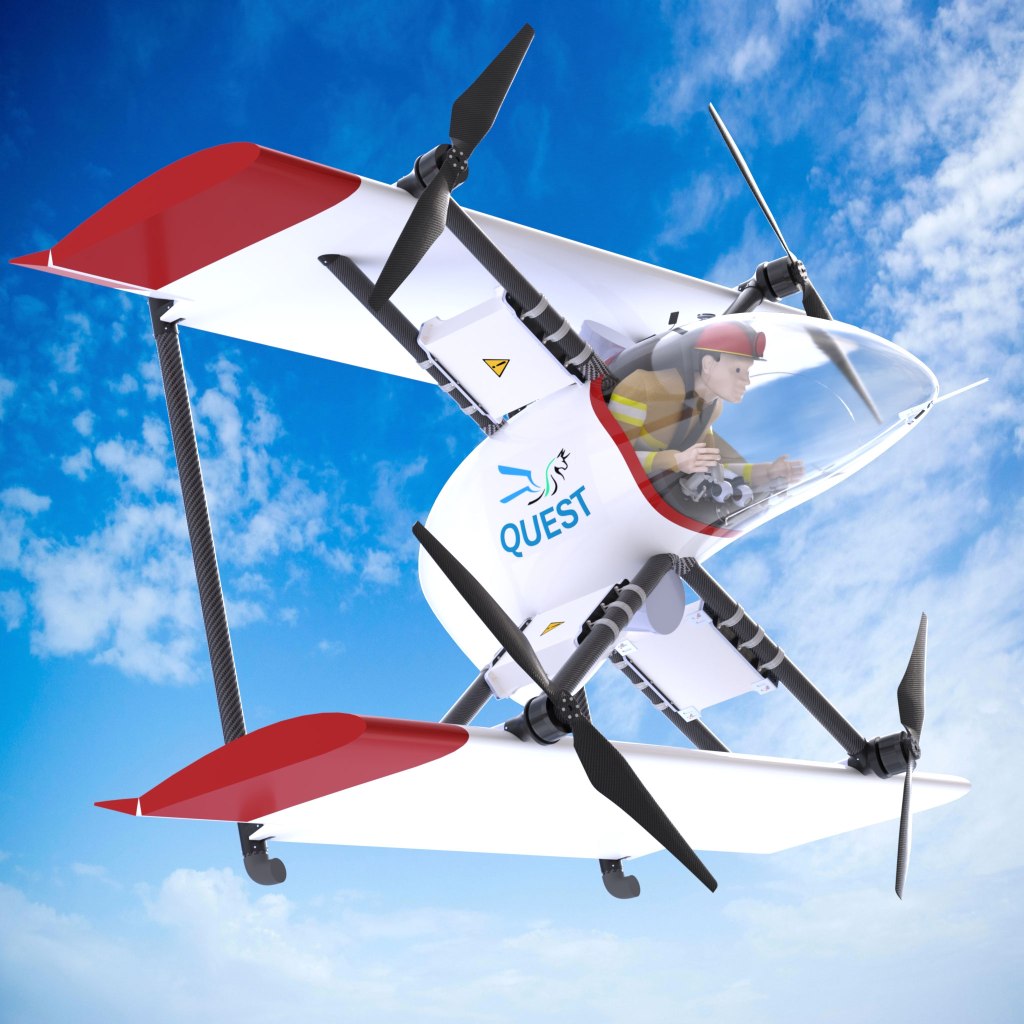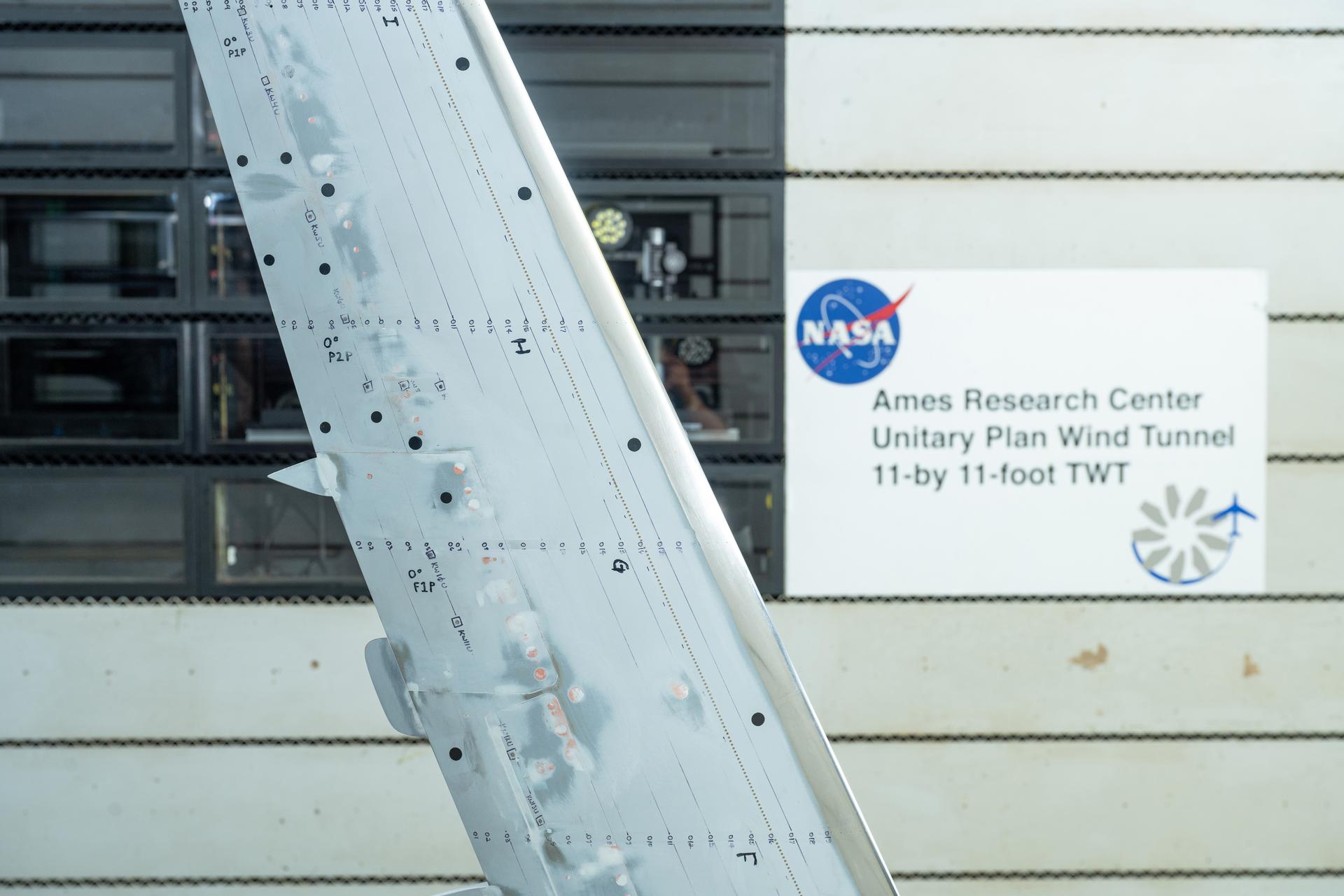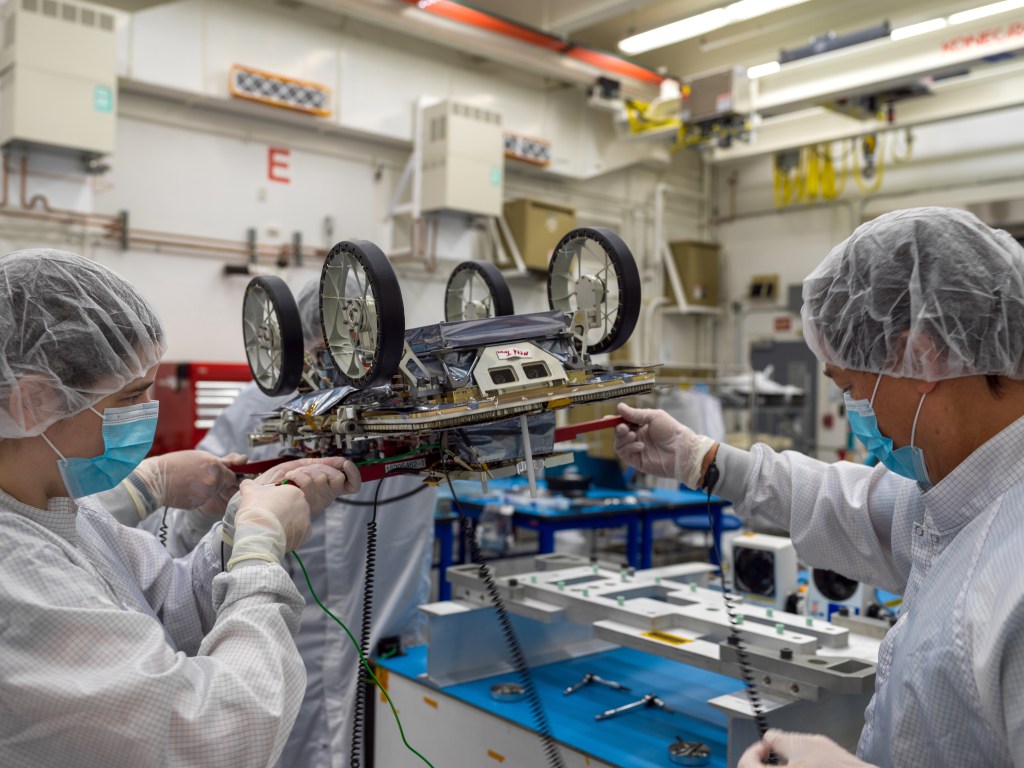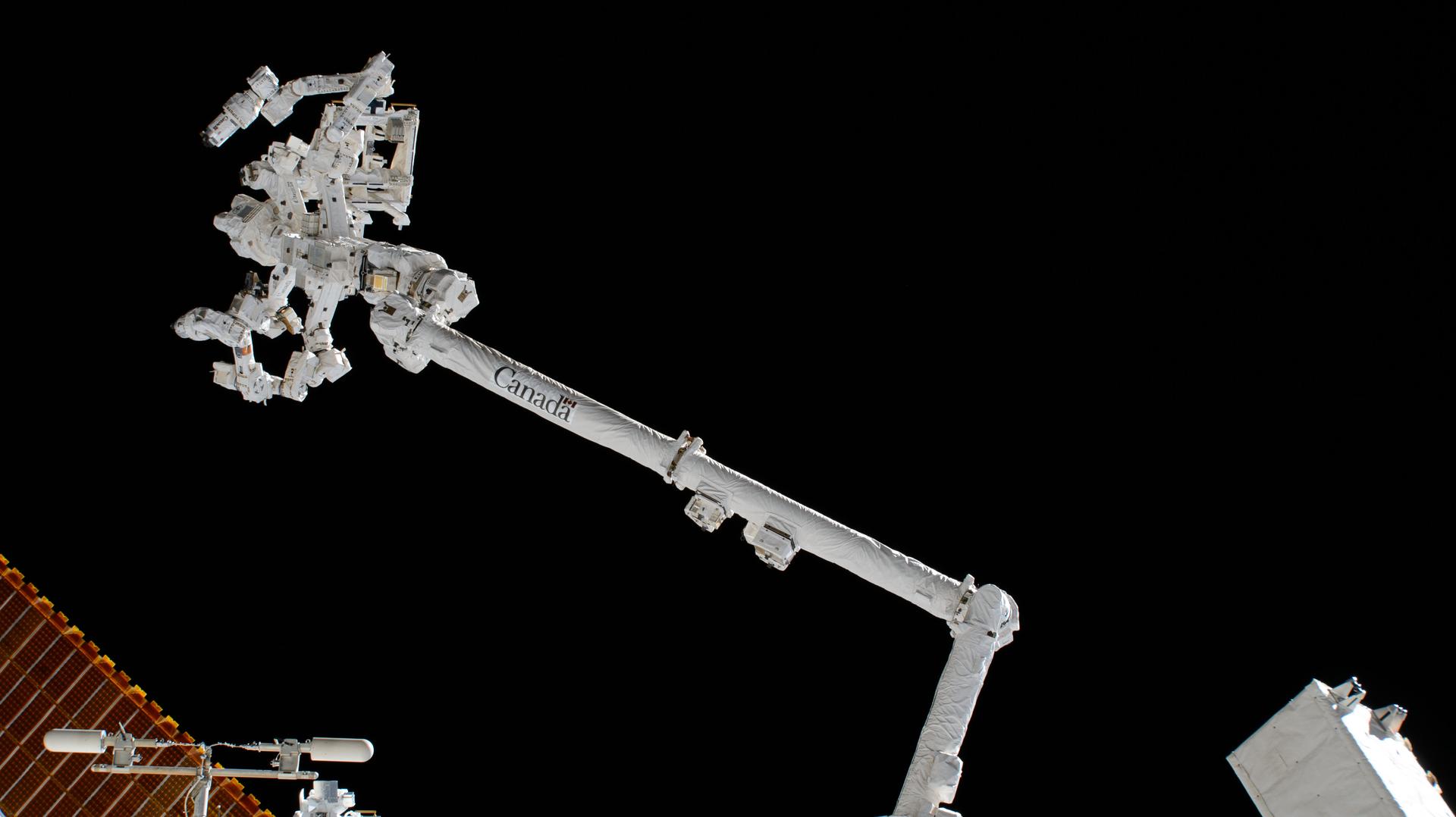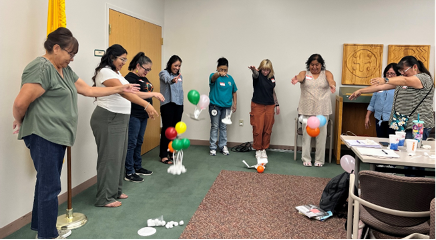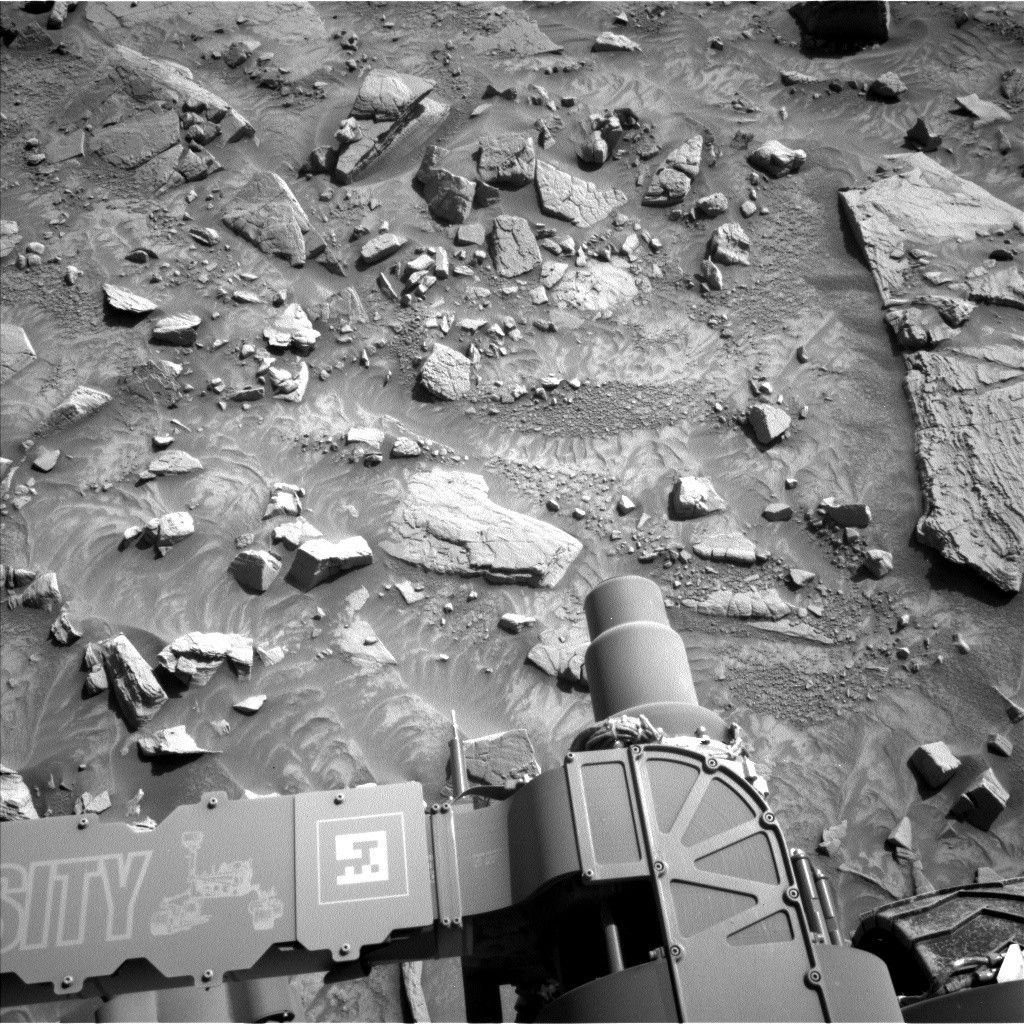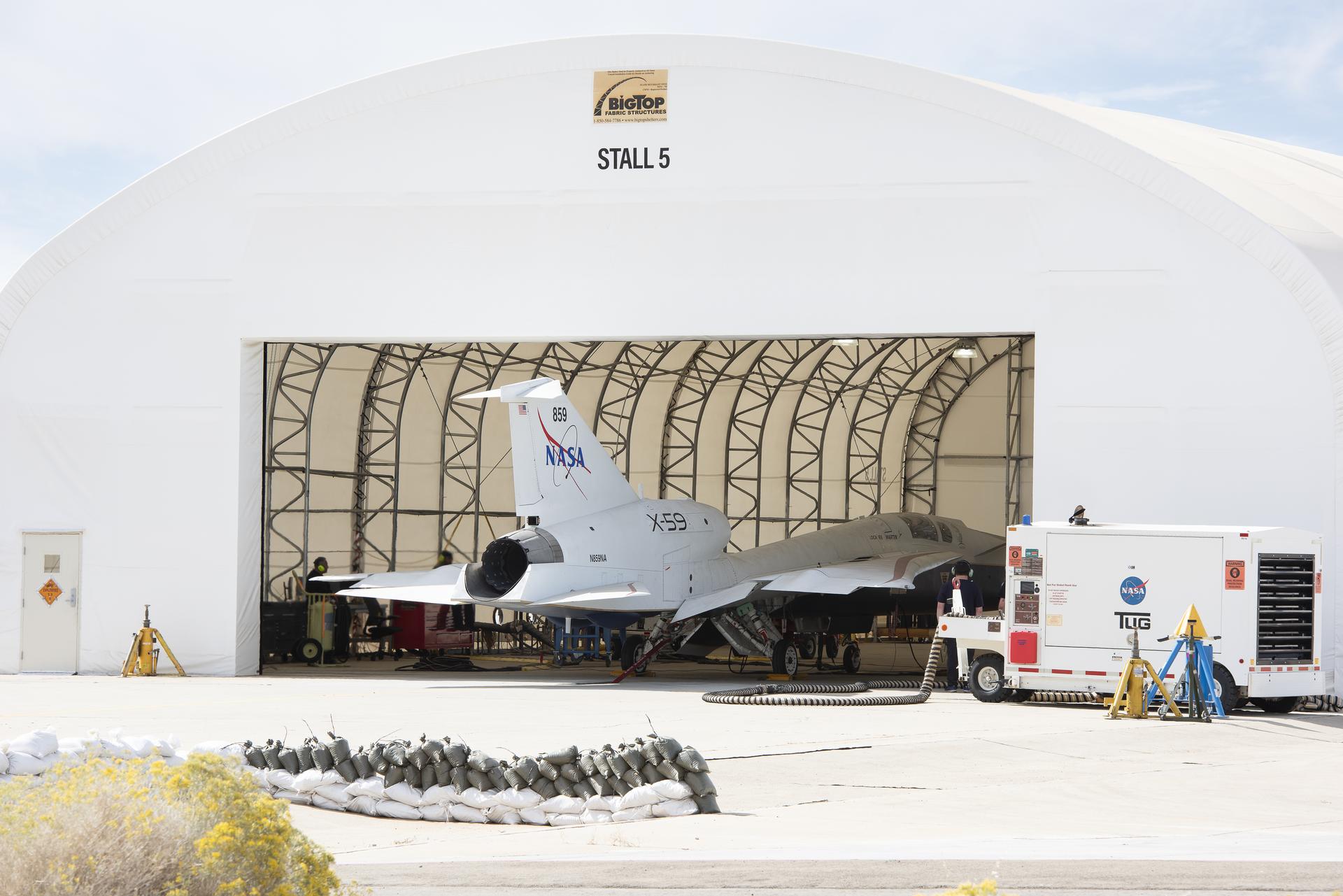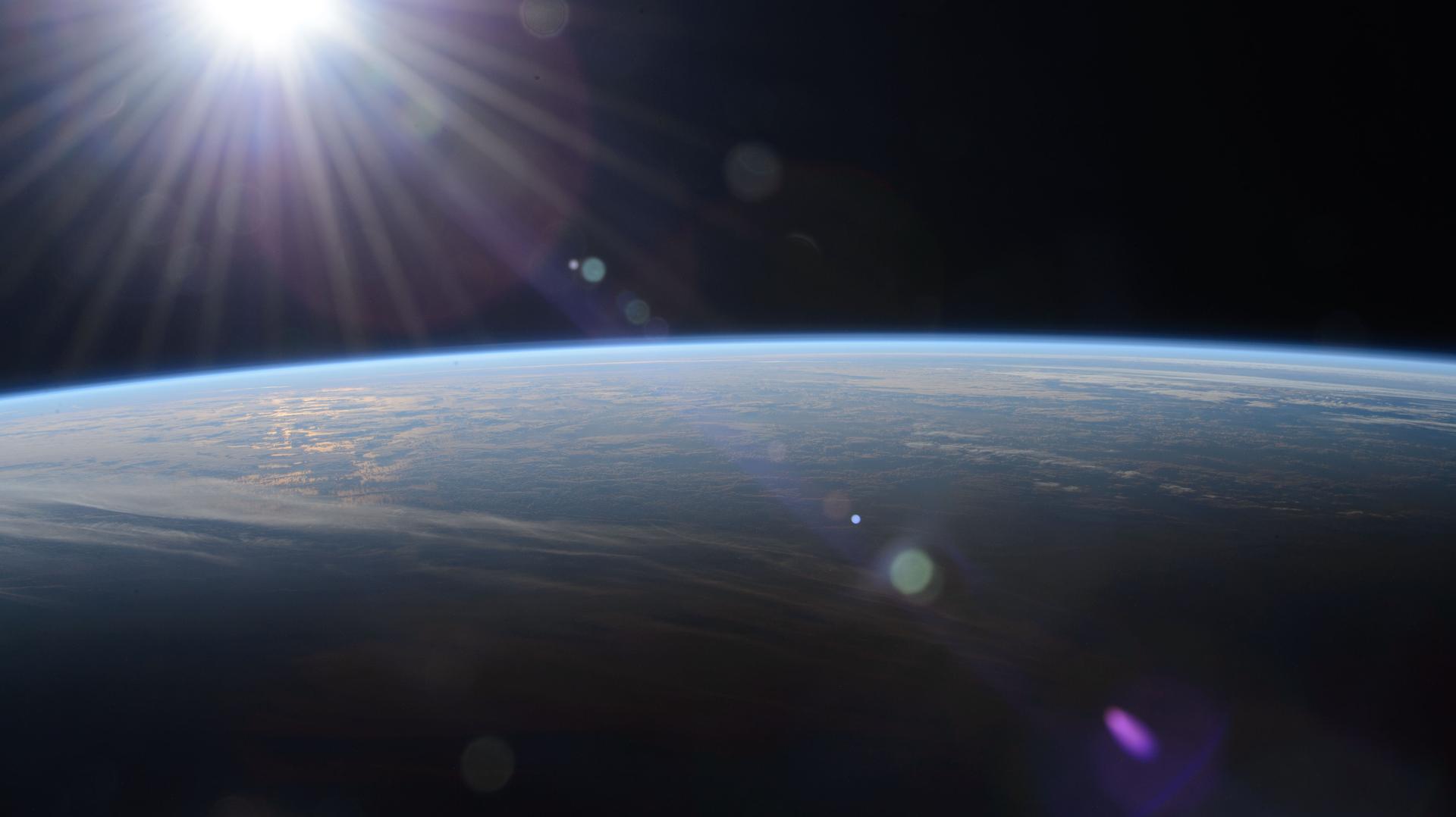Muscle Research, Blood Tests To Promote Healthy Crews End Week
Muscle stimulation and blood tests topped the International Space Station research schedule on Friday helping doctors learn how to keep astronauts healthy on long-term missions. The Expedition 72 residents also winded down the work week cleaning spacesuits and life support gear aboard the orbital outpost.
Astronauts use their legs less often aboard the station and need to exercise daily to offset the muscle loss. NASA Flight Engineers Nick Hague and Don Pettit partnered together inside the Columbus laboratory module and explored using electrical stimulation to maintain their leg muscles in addition to the crew’s two-hour daily exercise sessions. Hague was attached to a control unit and electrodes as electrical signals excited his muscles, potentially improving muscle function and endurance in space, while Pettit monitored the research operations. The lack of gravity impacts the human body in many ways and scientists are studying the physiological changes astronauts experience to learn how to counteract those changes. Results may lead to more efficient space exercise methods and smaller, lighter workout equipment on space missions.
The two astronauts started their day collecting their blood samples for processing and stowage in a science freezer. The samples will later be analyzed to understand the physiological changes astronauts experience while living and working on long-term space missions. Hague would later review procedures to install space botany hardware while Pettit prepared the Mochii electron microscope for future imaging operations.
Station Commander Suni Williams spent her day in the Quest airlock servicing a spacesuit following a Jan. 30 spacewalk she conducted with Flight Engineer Butch Wilmore. She emptied and filled suit water tanks, cleaned cooling water loops, and installed lithium-ion batteries ensuring the suit’s readiness for future spacewalks.
Wilmore worked inside the Destiny laboratory module on Friday inspecting, cleaning, and installing new components on an experimental carbon dioxide removal system. The Four Bed Carbon Dioxide Scrubber seeks to demonstrate improved reliability and performance for next-generation life support systems on future spacecraft. Researchers examine carbon dioxide samples from the device and monitor the station’s atmosphere and monitor its operation as crews of various sizes come and go.
Roscosmos Flight Engineers Aleksandr Gorbunov and Alexey Ovchinin took a regularly computer-based hearing test in the quiet area of their crew quarters. Gorbunov also worked throughout Friday on orbital plumbing duties in the Nauka science module. Alexey Ovchinin also replaced electronics and communications hardware before filling an oxygen generator with water. Flight Engineer and cosmonaut Vagner cleaned pumps and pipes inside the Zvezda service module and photographed materials that had been exposed to the external environment for a Roscosmos space experiment.
Learn more about station activities by following the space station blog, @space_station and @ISS_Research on X, as well as the ISS Facebook and ISS Instagram accounts.
Get the latest from NASA delivered every week. Subscribe here: www.nasa.gov/subscribe



